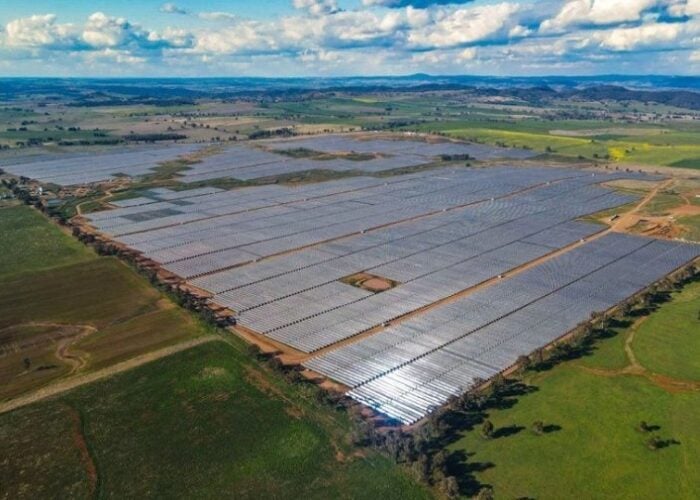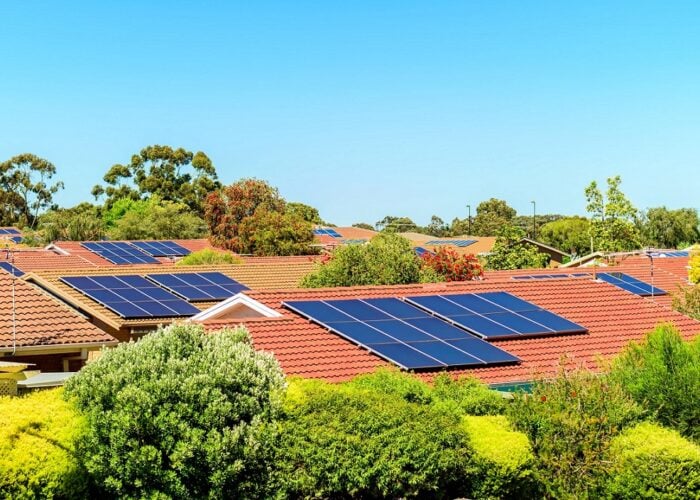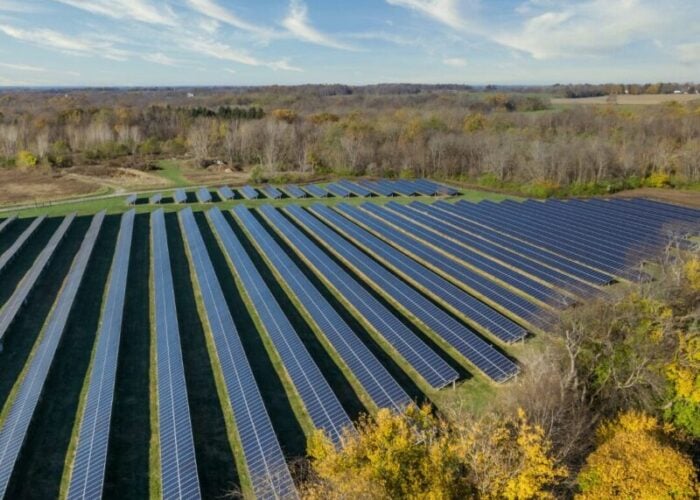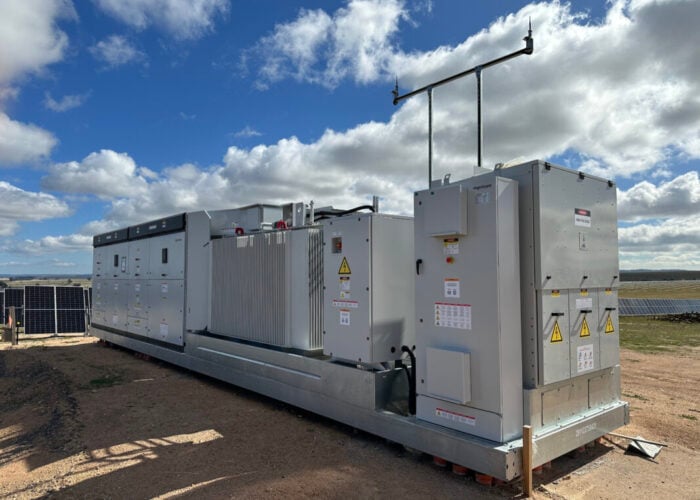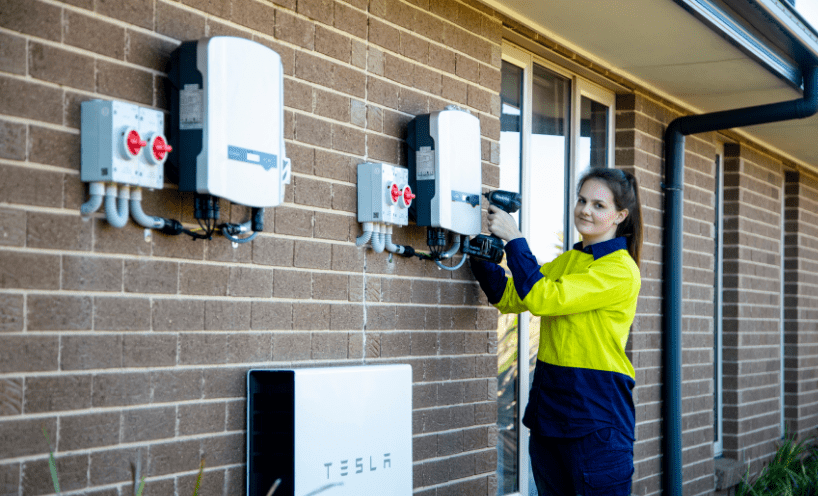
Lawmakers in Victoria, Australia, have unveiled a new solar aggregation pilot scheme, and have called for energy companies to become partners in the programme.
The pilot will establish local networks of houses in the state that have installed solar PV panels and battery energy storage systems (BESS) to create virtual power plants (VPPs). Any excess energy created by the residential solar and stored in batteries will then be transmitted to the grid when it is most needed, according to a statement from Victoria Premier Daniel Andrews.
Try Premium for just $1
- Full premium access for the first month at only $1
- Converts to an annual rate after 30 days unless cancelled
- Cancel anytime during the trial period
Premium Benefits
- Expert industry analysis and interviews
- Digital access to PV Tech Power journal
- Exclusive event discounts
Or get the full Premium subscription right away
Or continue reading this article for free
The pilot is intended to encourage more Victoria residents to adopt solar PV systems, while also easing rising demand on the grid.
Lily D’Ambrosio, minister for solar homes, said the project will reduce demand pressure on the grid while “boosting reliability when demand is highest”.
The local government has issued a call for energy companies with experience in residential battery storage or aggregation to become partners in the pilot, and is looking for applications that focus on consumer benefits, energy management, and market solutions.
“We’re working closely with industry to drive innovative solar solutions for customers and create good outcomes for the wider electricity network,” D’Ambrosio said.
Alongside the pilot, trade body Solar Victoria is developing a “consumer literacy programme” to highlight the benefits of installing rooftop solar and battery systems at home.
Victoria’s state government is already in the process of establishing six Renewable Energy Zones in the region to unlock an extra 10GW of energy capacity. The AU$450 million (US$350.4 million) project also includes the formation of a new industry body, VicGrid, that would plan and develop REZs and map planning and investment for them. Full details of the plan are expected to be published this July.


